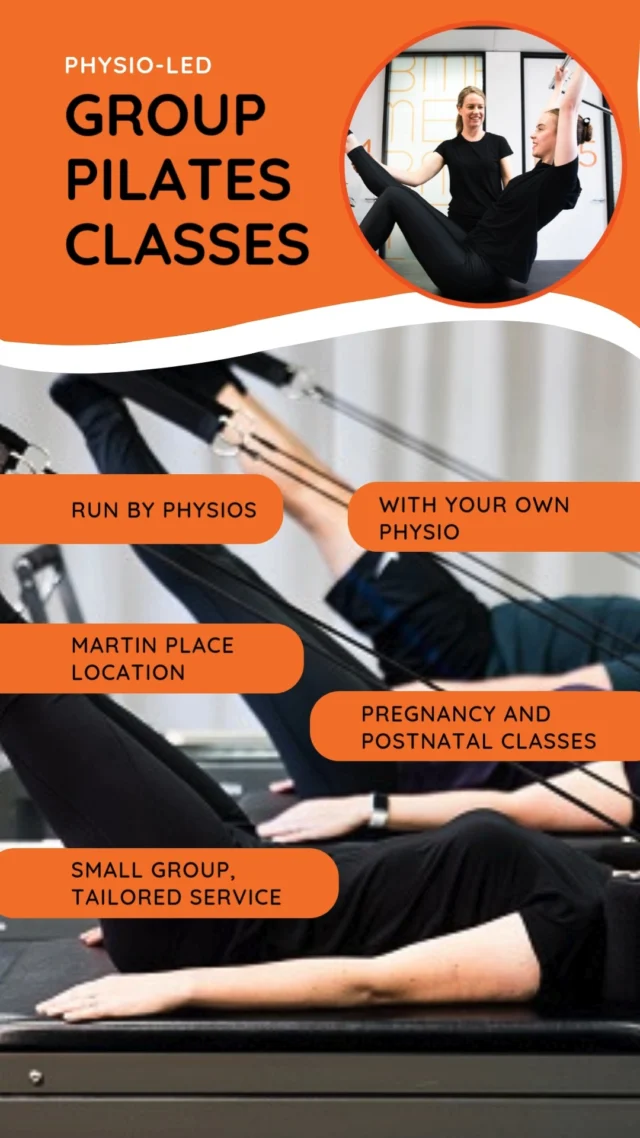At Bend + Mend, all of our pilates patients will undertake a 45 minute Pilates Assessment prior to starting one-on-one pilates sessions or moving into a class setting. These Pilates Assessments are essential to enable the treating physiotherapist to have a comprehensive understanding of the patient’s physical abilities and goals. This blog will detail what to expect in your Pilates Assessment and understand the various components of the assessment and how this guides the physiotherapist’s approach.
- Subjective Assessment
Your Pilates Assessment will begin with a thorough chat with your physiotherapist. They will ask you many questions to gain a comprehensive insight into your previous and current history. Question topics include previous injuries, current concerns, aches and pains, physical activity levels, and also your goals. Your physiotherapist will take time to really understand why you have decided to start pilates and understand your short-term and long-term functional and activity goals, as this will be an important consideration when creating your individualised program.
- Physical Assessment
The consult will then progress to assessing your physical abilities and/or limitations. Depending on what concerns have been raised in the Subjective Assessment, your physiotherapist will assess different areas of your body and look at movements which may cause discomfort or be a concern for you. You’ll then undertake a battery of functional tests, such as squats, heel raises, lunges, hopping and balance as well as strength exercises in various positions. Your physio will compare left to right sides to understand if you have a stronger or weaker side. The information gathered from the physical examination combined with the subjective assessment will inform the individualised pilates program created by your physiotherapist.
- Practicing on the pilates equipment
The final component of your Pilates Assessment will be spending some time on the pilates machines, which may be on the reformer, trapeze table or wunda chair. Your physiotherapist will explain each exercise and then ask you to try it for yourself. They will ask you how your body feels throughout the exercise and the level of difficulty. This final part of the assessment allows the physiotherapist to understand what level of difficulty is appropriate for you to start your program.
After completing the three components of the Pilates Assessment, your physiotherapist will have a comprehensive understanding of your restrictions, goals and level of physical ability which will allow them to create an effective and achievable pilates program. It is important to note that the program and your goals are regularly reviewed and updated based on your current history and how you are progressing. It is important to keep the program challenging to continue to make positive improvements.





